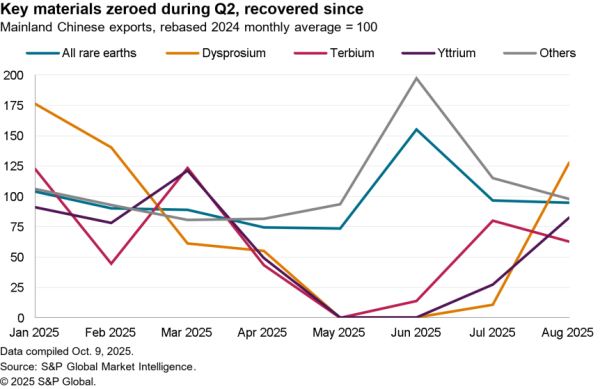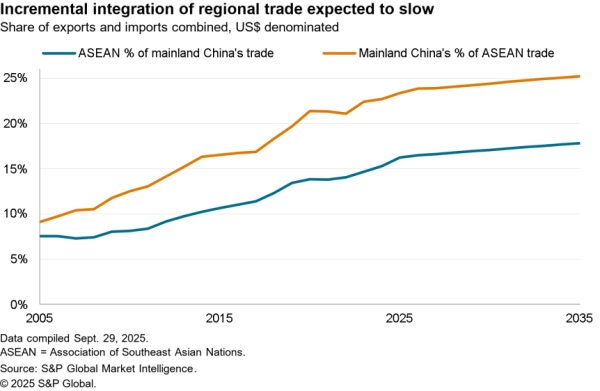Chinese regulations restricting the import of scrap machinery and waste materials, a key part of the recycling industry but a growing pollution problem, started on January 1 and are implemented from March 1. These could cut container-line volumes by up to 5 million TEUs per year, Drewry estimate.
Chinese imports of a range of scrap products (machinery, paper, plastic, rubber and metals) have surged 18.5% higher in the three months to November 30 vs. a year earlier, Panjiva data shows to reach $22.2 billion for the past 12 months. That likely represents a rush from recyclers to beat the new rules.

Source: Panjiva
Aside from the impact on the shipping industry the restrictions will greatly complicate supply chains for both the recycling industry and companies whose operations generate the waste in the first place.
That may be felt most acutely in the U.S., which accounted for 19.4% of China’s total scrap imports in the past 12 months, followed by Japan at 14.2%. American exports of waste paper ($1.77 billion) were the biggest export line followed by scrap copper from Hong Kong, the U.S. and Australia totalling $3.83 billion between the three of them. Japan meanwhile will need to find alternative homes for scrap steel ($1.0 billion) and machinery ($725 million)

Source: Panjiva




